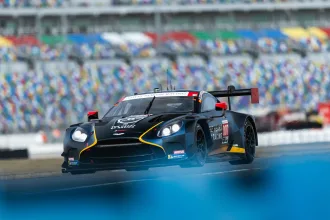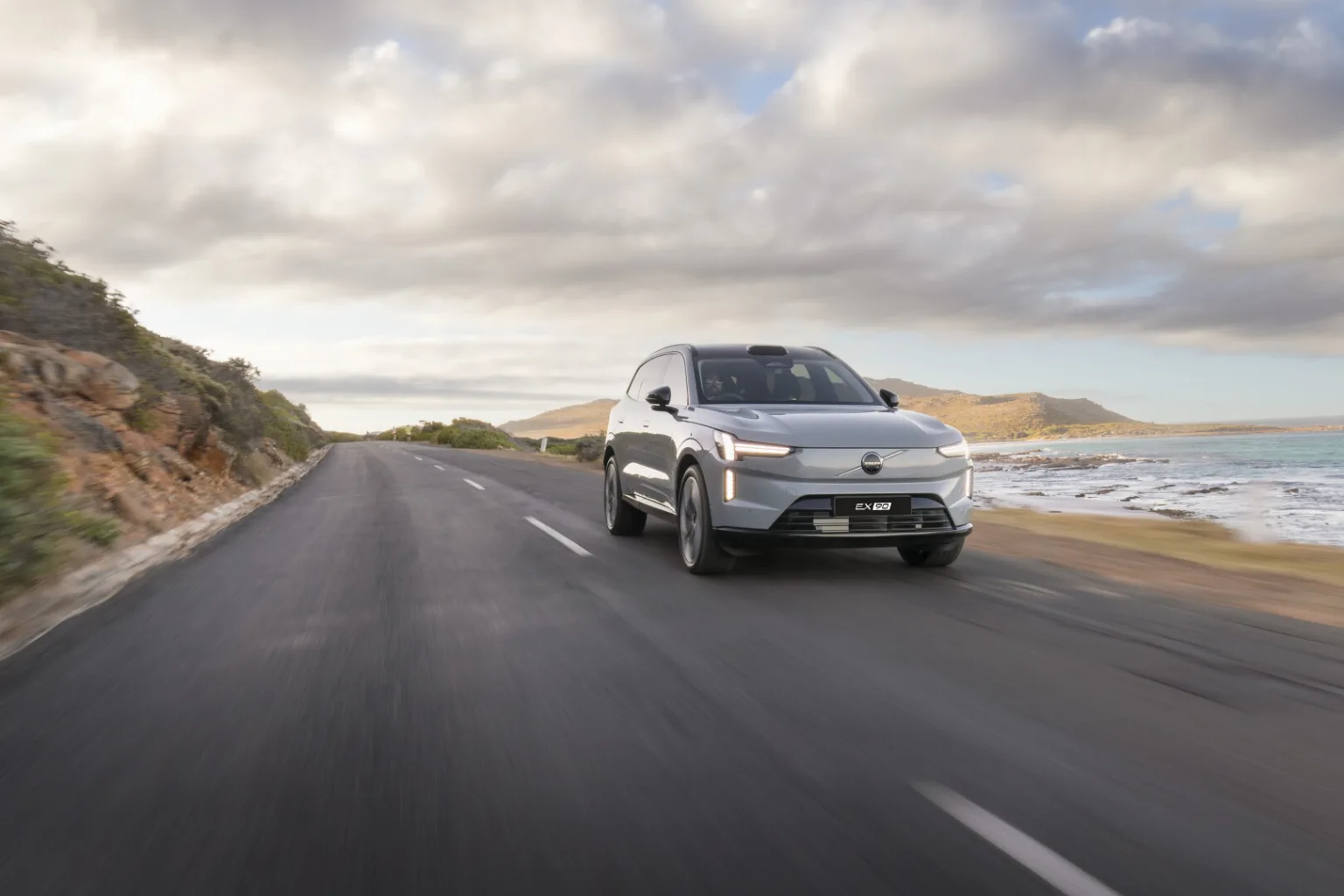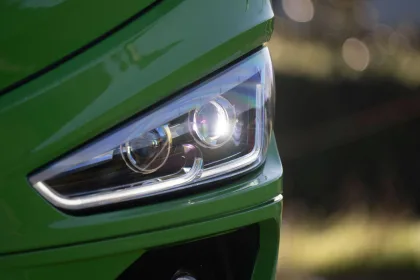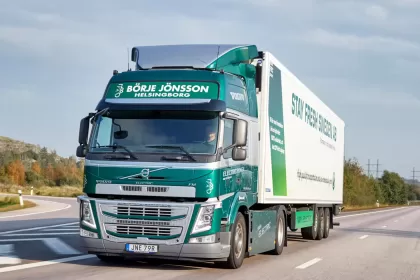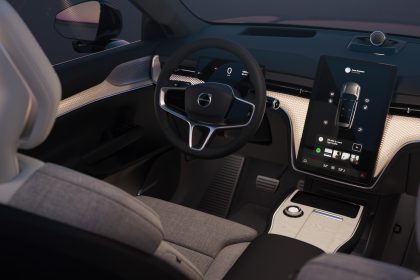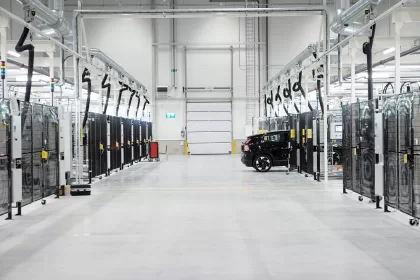- The Swedish automaker reflects on nearly a century of excellence, cutting-edge technology, and a commitment to sustainable mobility.
Volvo, a leader in the South African electric vehicle market, proudly celebrates its 98th anniversary today. This milestone marks an incredible journey that has shaped the future of vehicle safety and transportation. From its humble beginnings in Gothenburg, Sweden, to its current status as a global innovator, Volvo has revolutionised the automotive world through cutting-edge technology, advanced design, and forward-thinking sustainability initiatives.
In 1924, Assar Gabrielsson and Gustaf Larsson decided to build a durable vehicle that would withstand the harsh conditions of Swedish roads. Over the years, Volvo has transformed not only the way people drive but also how the industry approaches safety and sustainability. As the company celebrates its 98th anniversary, it reflects on its groundbreaking milestones and looks forward to shaping the future of mobility.
On April 14, 1927, the first Volvo rolled off the assembly line, marking the beginning of one of the world’s most forward-thinking automotive brands. The first model, the ÖV4, was produced for two years before being replaced by several models, including the PV650 and PV51 models.
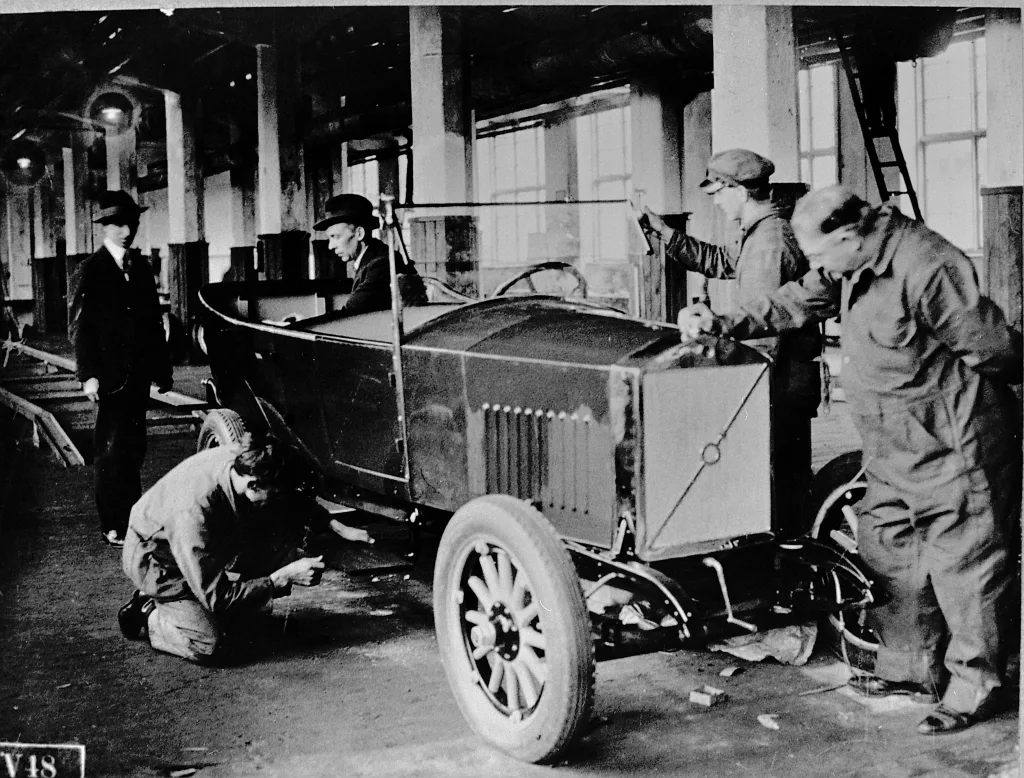
In the coming years, Volvo quickly established itself as a manufacturer of durable and safe cars. This reputation was cemented in 1959, when the automaker patented a design for the three-pointed seat belt. In a move that would change the face of automotive safety, Volvo waived the patent rights so that everyone could benefit. As a result, Volvo engineer Nils Bohlin’s invention is estimated to have saved more than one million lives.
The three-point seatbelt was just the first of many life-saving innovations to come from Volvo. This includes the booster cushion (1978), the Side Impact Protection System (SIPS) and side impact airbags (1991), the Blind Spot Information System (2003), pedestrian detection with full automatic braking (2010) and, more recently, the invisible shield of safety first introduced on the all-electric EX90.
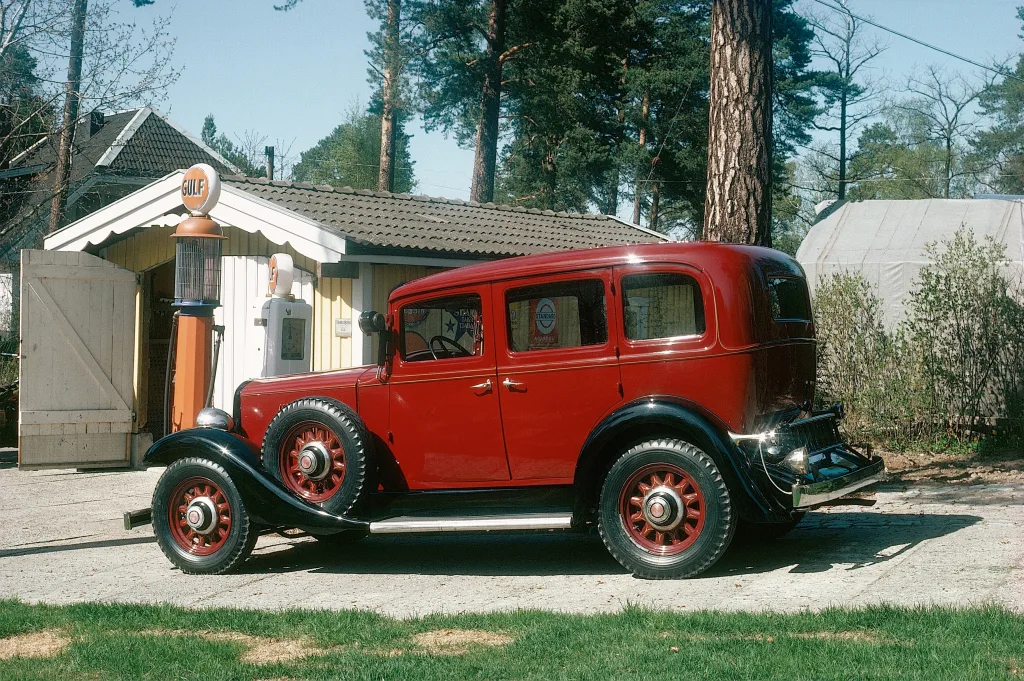
Alongside these incredible innovations, Volvo has also introduced some automotive icons, including the P1800, the Amazon, the 850 T5-R (which celebrates 30 years in 2025), the original XC90, and so many more.
“As we reflect on 98 years of progress, we are proud of how far we’ve come – and more excited than ever about what lies ahead. Our commitment to innovation and sustainability drives us forward, and we’re only getting started,” said Felipe Yagi, Head of Marketing & Communications at Volvo Car South Africa. With an incredible back catalogue from which we can take inspiration, models like the EX30, new EX90, and upcoming ES90 continue to set new standards, just like their predecessors.”
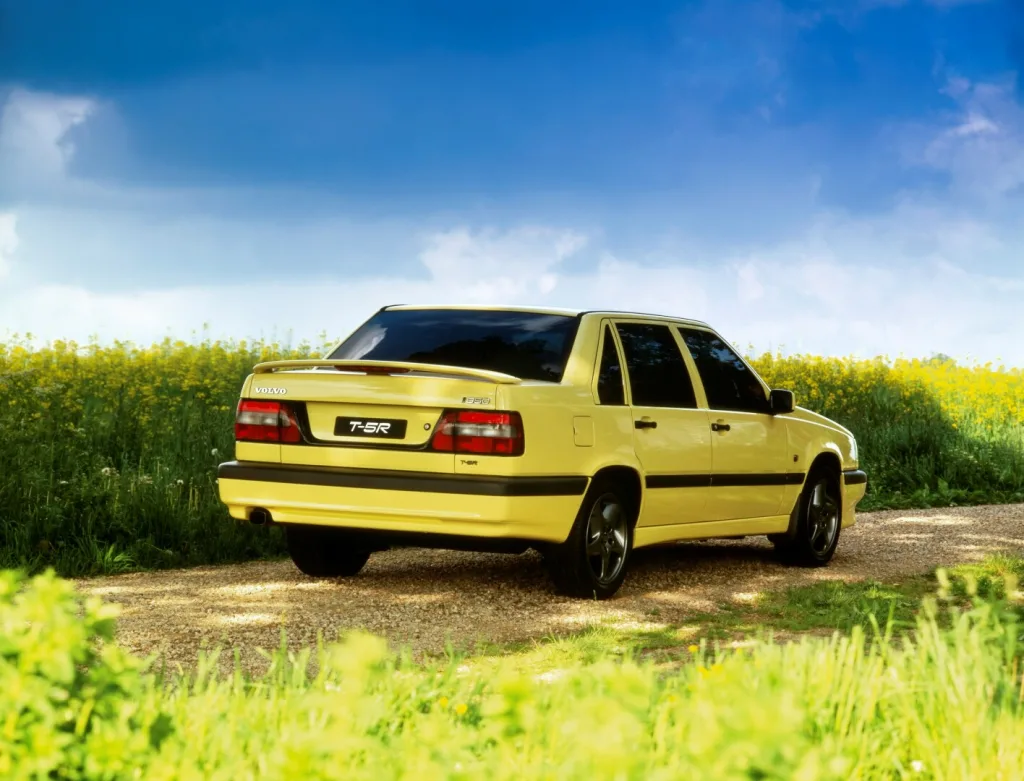
As Volvo looks to the future, sustainability is becoming increasingly important. While electrification, namely battery-electric vehicles and plug-in hybrids, do their part to further this cause, Volvo understands that sustainability goes beyond that. That’s why the automaker has endeavored to use more recycled and eco-friendly materials in its vehicles. The EX90, for instance, uses 48 kg of recycled plastics and bio-based materials, as well as 23% recycled steel and 22% recycled aluminium. Beyond Volvo’s centenary in 2027, the automaker aims to reach 90-100% of global sales coming from electrified vehicles, namely plug-in hybrids and electric cars.
Volvo continues to build on its legacy of innovation and safety. With a clear focus on sustainability and a commitment to shaping the future of mobility, Volvo’s ongoing advancements in electrification reflect its drive to meet the challenges of tomorrow. Looking ahead, the company remains dedicated to delivering safer, more sustainable solutions that will play a key role in the evolution of the global automotive landscape.

